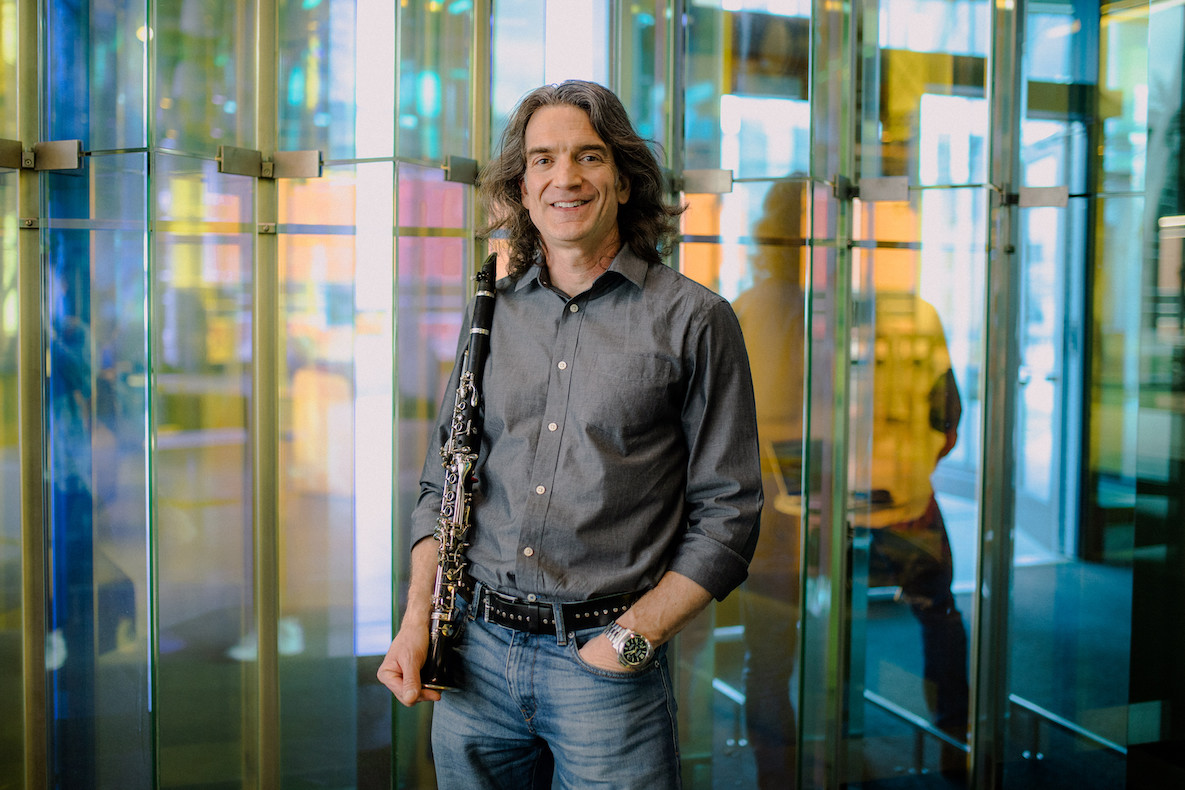Greg Oakes loves being surprised by sounds. In high school, he once listened to American composer Eric Mandat play the clarinet with extended techniques at a national conference. When Mandat removed the instrument’s mouthpiece, it produced hauntingly beautiful notes reminiscent of a shakuhachi, a traditional Japanese flute.
“It just blew my mind,” Oakes recalled. “Hearing his music — that moment was when I decided I’m so excited about these kinds of sounds. I love the beauty of the instrument, but I loved the excitement of something unusual and different from what I’ve already heard.”
Oakes is an internationally recognized clarinetist, professor of music at Iowa State University and the Jean Bacon Louis Faculty Fellow in Instrumental and Keyboard Music in Iowa State’s College of Liberal Arts and Sciences. Now, Oakes’ long-held passion for rare sound is inspiring innovative possibilities for clarinetists and composers — through the invention of the quarter-tone extended clarinet.
When ‘what if’ became ‘why not’
Quarter tones, those notes that fall between the half steps on a piano, aren’t new to clarinet music. But these microtones can be particularly tricky, sometimes downright impossible, to play on a normal clarinet.
“If you’re a vocalist or trombone player or string player, you can put those notes wherever you want,” Oakes said. “The clarinet, because of the way it’s constructed, there are certain notes you can’t do that with.”
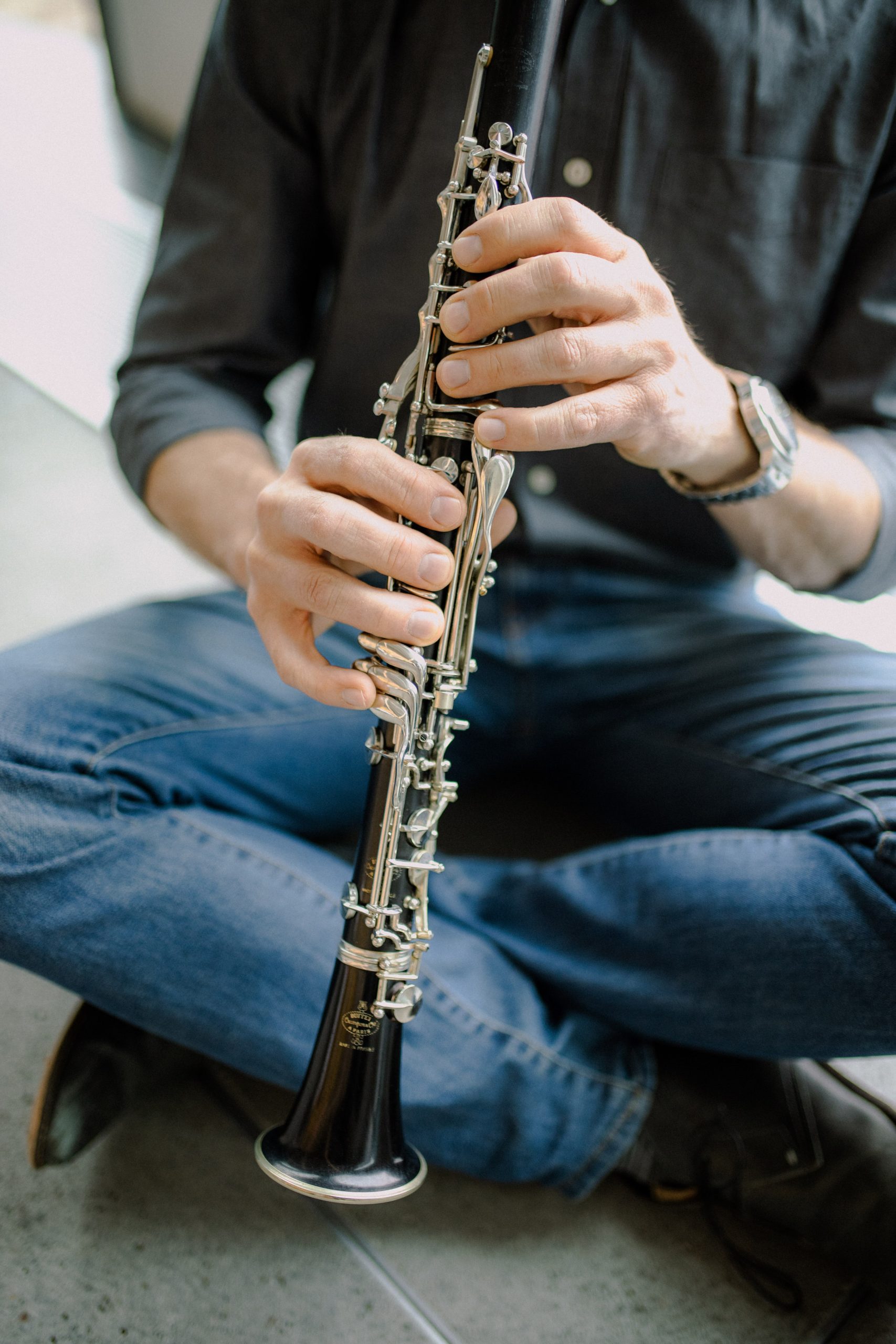
"I love the beauty of the instrument, but I loved the excitement of something unusual and different from what I’ve already heard.”
Still, composers creatively push the clarinet’s limits. Several years ago, Oakes’ good friend Ken Ueno, a renowned composer and professor at University of California, Berkeley, wrote “Rapt Afterness” for Oakes, a clarinet and wind ensemble piece with quarter tones that challenged traditional norms.
“Ken had wanted to put some notes at the bottom of the instrument that were just not possible to play,” Oakes recalled. “I said, ‘That’s really cool, but I can’t play those notes.’ And he said, ‘Yeah, but wouldn’t it be cool?’”
It would be cool, mused Oakes. Energized by the idea of impossible sounds, he decided to try and create an instrument that composers already wanted but didn’t yet exist — a quarter-tone extended clarinet.
Crafting a clarinet in Copenhagen
To design and produce this new instrument, Oakes turned to Lohff & Pfeiffer, a small workshop in Copenhagen, Denmark, which specializes in customizing instruments for top musicians worldwide.
Expert artisan Wolfgang Lohff helped Oakes think through the design details and the logistics of adding additional notes to the clarinet. Oakes also wanted to ensure that adding the new quarter tones wouldn’t undermine the ability to play the clarinet’s existing notes.
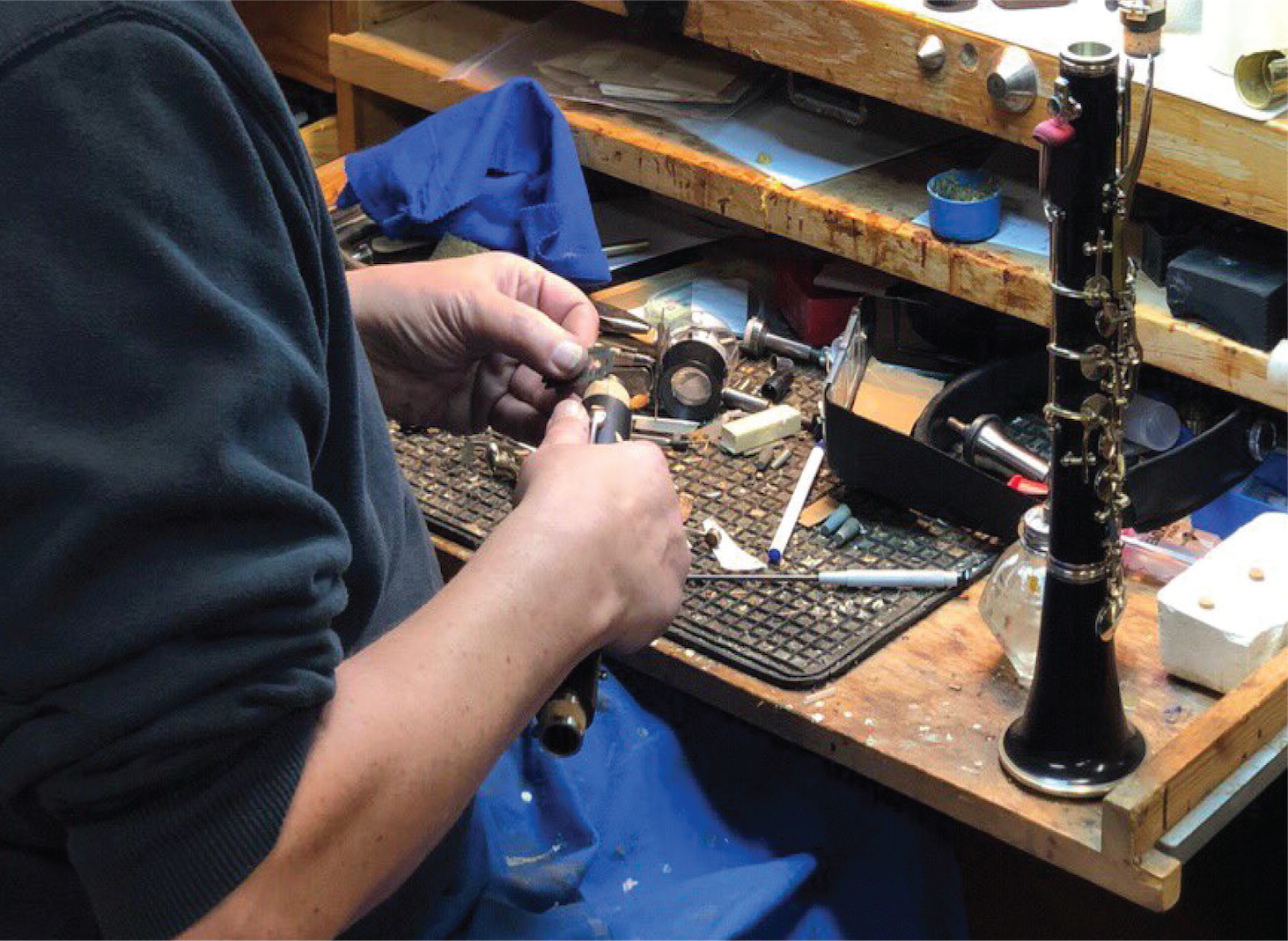
“For me, that’s the fuel behind this whole project. I love the idea of sounds that didn’t exist before.”
Oakes shipped his clarinet to Lohff in advance and then flew to Copenhagen in spring of 2019 to collaborate on the final touches in person. The resulting quarter-tone extended clarinet has five extra tone holes in the upper joint, additional keys and tone holes in the lower joint, and extra touch pieces.
Then in January and February of 2020, just weeks before the World Health Organization declared a global pandemic, Oakes luckily managed to make trips to Copenhagen, the Netherlands and New York to pick up the finished instrument and meet with composers about commissioning new pieces.
“I’m coming to people like, ‘I’ve had this for a couple of weeks, but let’s see what we can do with it,’” he said, laughing. “None of them had seen it. It’s the only one!”
The beginner’s mind
As he introduced the quarter-tone extended clarinet to composers, Oakes also needed to get comfortable playing it. When he had played quarter tones in the past, they were often variations in the composition. Most composers weren’t writing clarinet music in a true 24-note language, he said.
“I realized when I started playing Ken Ueno’s music that his language really was 24 separate notes rather than just 12,” Oakes said. “I understood immediately as I started to play it that my normal technique wasn’t working.”
So after 40 years as a clarinetist, Oakes became a beginner again. He wrote new exercises, invented patterns and finger combinations he had never used before, and devoted his time to that most basic fundamental of music: practice.
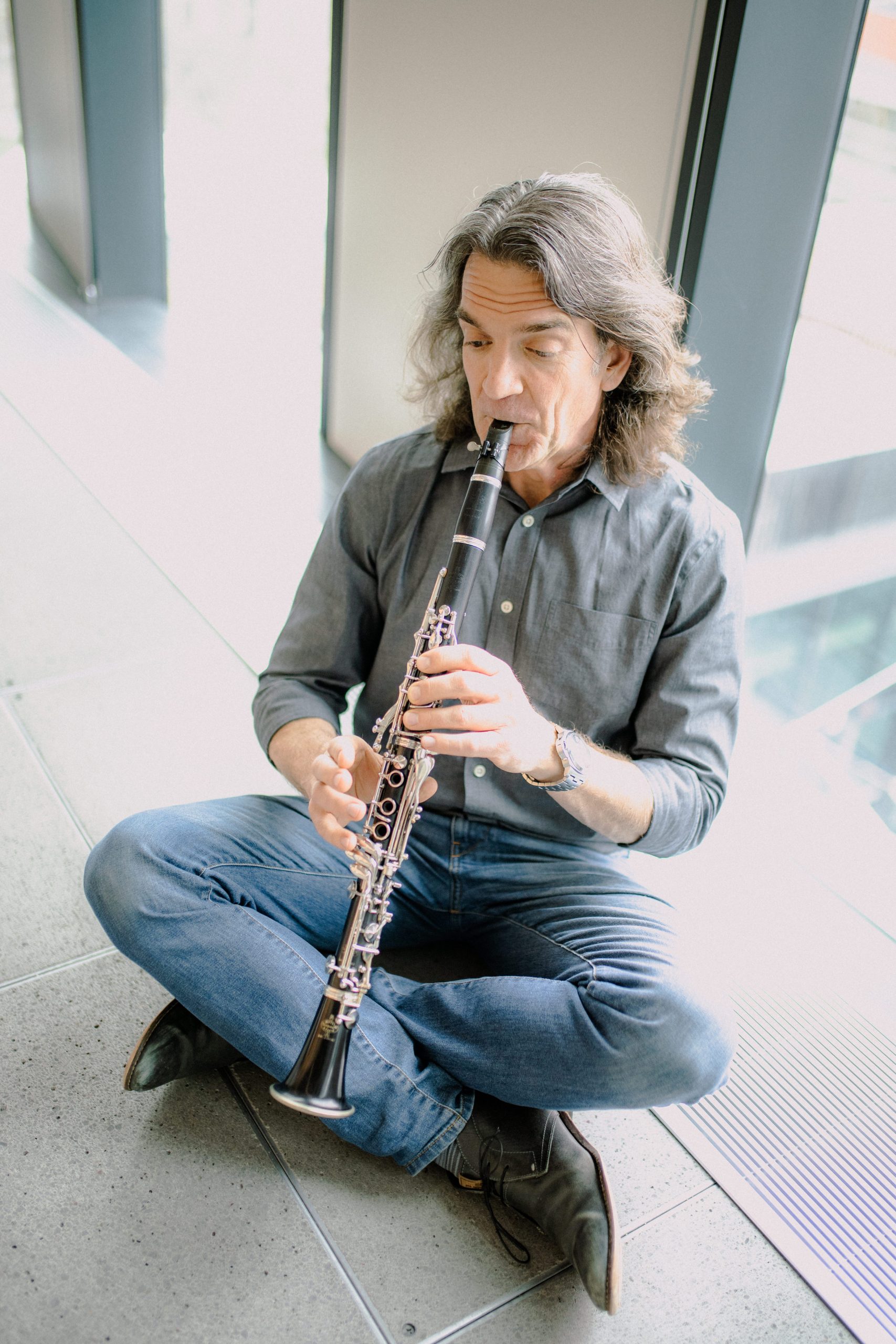
“I love the idea of the beginner mind,” Oakes said. “That’s something from Buddhism that I embrace. When we get trapped into the expert mind that says ‘I know this,’ there’s no room for growth. With the beginner mind, you always have this possibility of ‘I can learn new things.’ I love that a student could ask me a question, and I could say, ‘Wait a second, I’ve never thought of that. Let me try this.’”
In exploring the new instrument, Oakes also discovered it has new multiphonics, ephemeral notes that occur when more than one sound is heard simultaneously.
“Some of these sounds I find really, really beautiful,” he said. “For me, that’s the fuel behind this whole project. I love the idea of sounds that didn’t exist before.”
Unlimited inspiration
The clarinet, invented in the late 17th century by German instrument maker Johann Christoph Denner, was still relatively new when Mozart began composing pieces for it, Oakes pointed out. As composers continued writing for it, the instrument and its capabilities gradually evolved.
With four of eight commissioned pieces already in hand, Oakes can now begin exploring the quarter-tone extended clarinet’s own capabilities.
“It’s the new pieces that teach me what the instrument can do,” Oakes said. “Because I don’t tell the composers what I want them to do. I say, ‘Here’s what’s possible. There were limitations before. What can you create if we take those limitations out?’ I was always curious to know what composers would find interesting and inspirational if they didn’t have those constraints.”
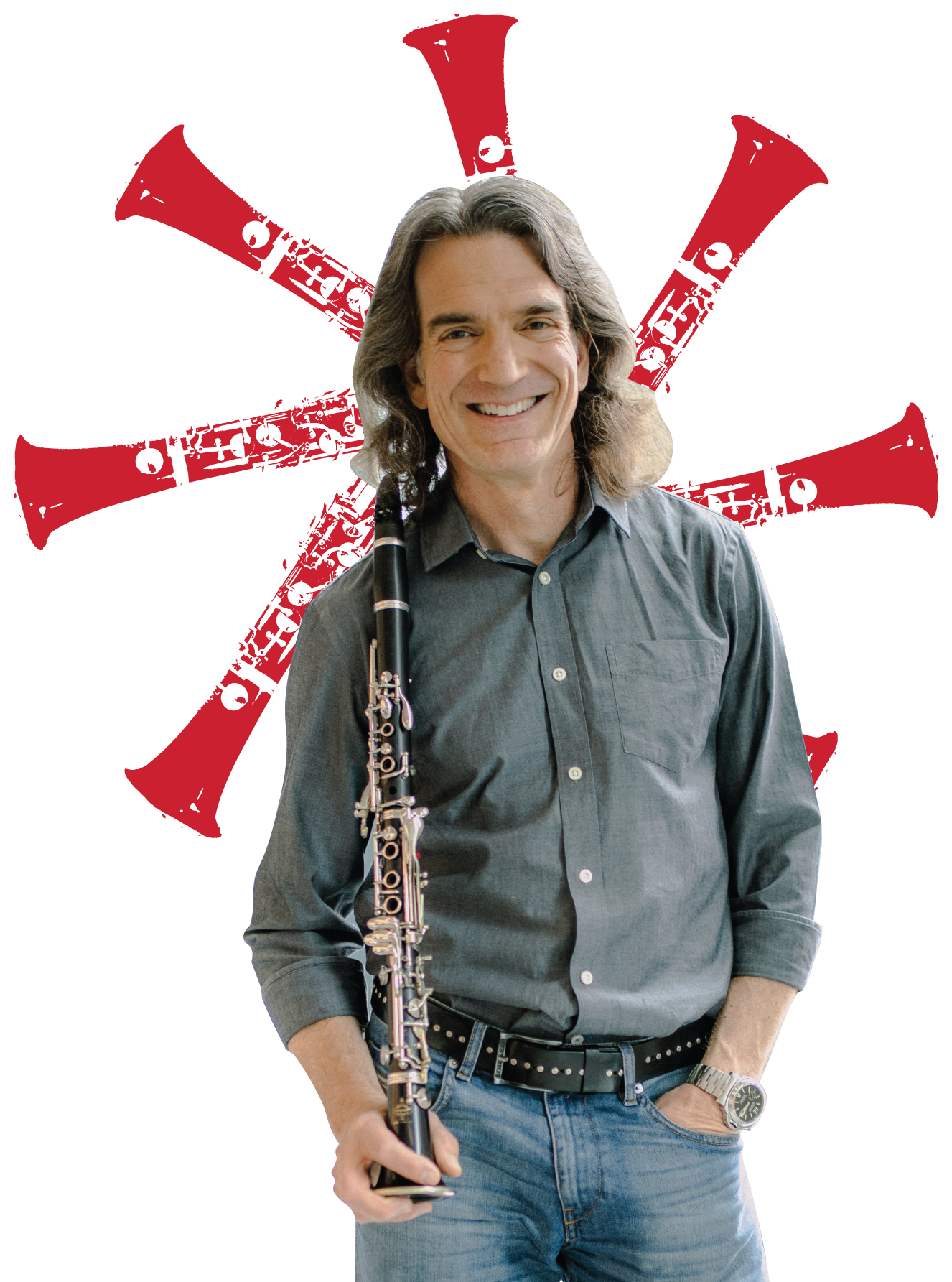
The pieces he has received to date are incredibly diverse. Some use quarter tones to create specific sound worlds in a few choice spots, while others would be impossible to ever play without the new instrument. As for Ueno’s “Rapt Afterness,” Oakes can finally play it the way Ueno imagined.
“When I compose for Greg, I can truly, freely, imagine what I want to hear and he finds a way to do it,” said Ueno, whose music aims to transcend normative modes of orchestration. “When I was writing ‘Rapt Afterness,’ my gut told me that I wanted to hear quarter tones in the low range of the clarinet. While other clarinetists might have chided me for not writing ‘idiomatically,’ Greg invented a new instrument to facilitate these sounds! Greg inspires complete creative freedom in me.”
Ueno hopes this innovative music can also help audiences ponder just what else might be possible in their communities or in the wider world.
“If, in our small way, we can change what notes are possible on an instrument, meaning what is possible for a composition, then we can work together to affect other, positive changes too,” Ueno added.
The excitement continues
Oakes debuted the new clarinet in a live performance last August. He played the Afrofuturistic “Light-Dots on a Deep-Space-Image for Quarter Tone Clarinet,” composed by Jessie Cox, at the New Music Gathering in St. Paul, Minnesota.
“Music is always about creating something that is somehow meaningful to us, and finding new ways to do that gives us more possibilities.”
Future performances include an October concert in Amsterdam, where he will play with the world’s only microtonal organ at the Huygens-Fokker Foundation, and this summer’s International Clarinet Association Conference in Reno, Nevada, where clarinetists and composers from around the world will hear and see the instrument for the first time. Oakes anticipates there will be a fair amount of show and tell after the conference, with composers being the most intrigued.
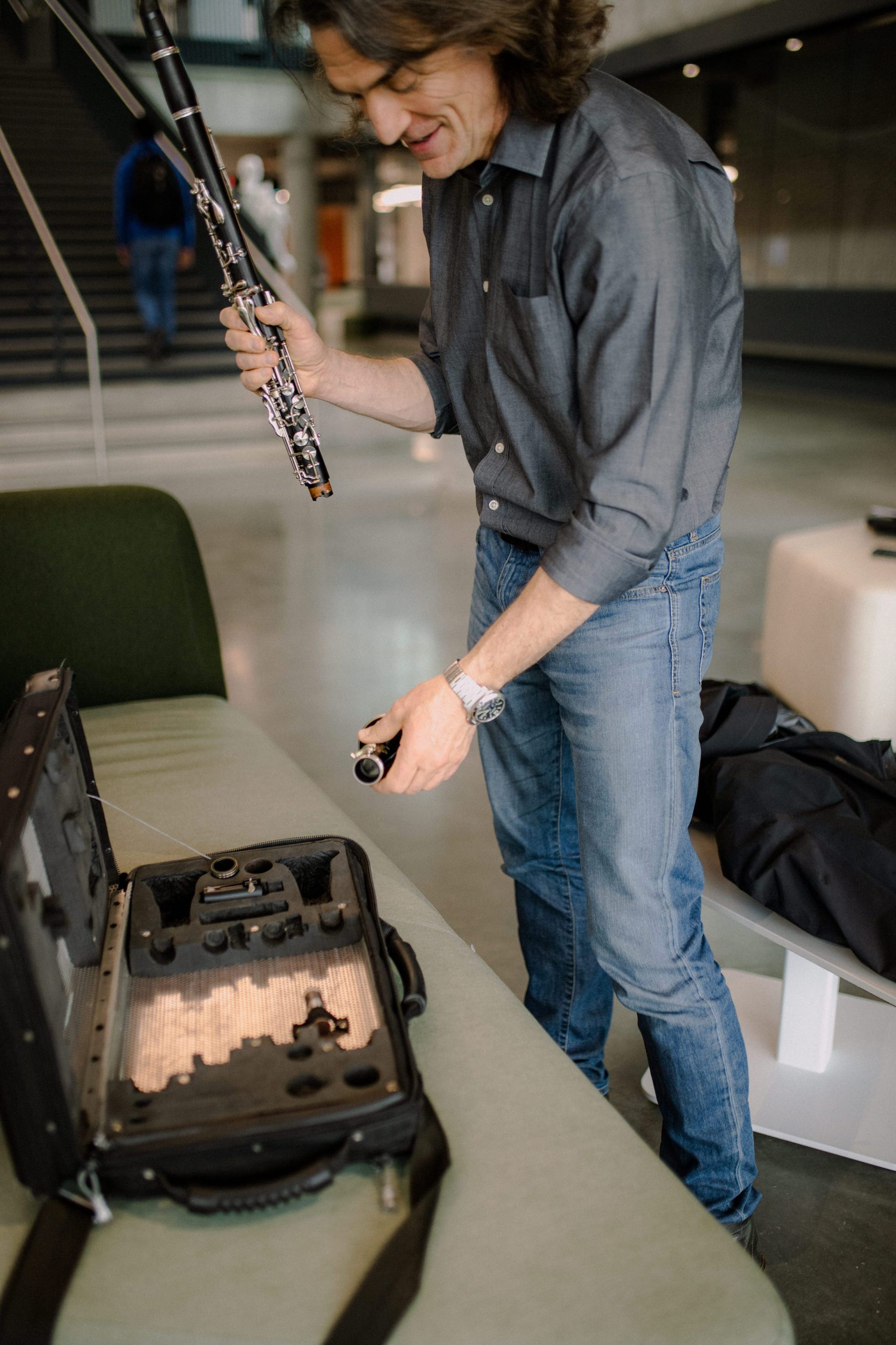
“Clarinetists are like ‘Oh, that’s cool,’ but they don’t have any pieces to play it, right?” Oakes said. “It doesn’t serve a specific need that exists. It serves a future need that hadn’t surfaced because composers hadn’t been able to write for an instrument that doesn’t exist.”
Now that it does exist, Oakes will continue pursuing the joy of musical discovery and innovation.
“Music is always about creating something that is somehow meaningful to us, and finding new ways to do that gives us more possibilities,” he said. “That’s the thing that makes me excited about doing what I do.”
